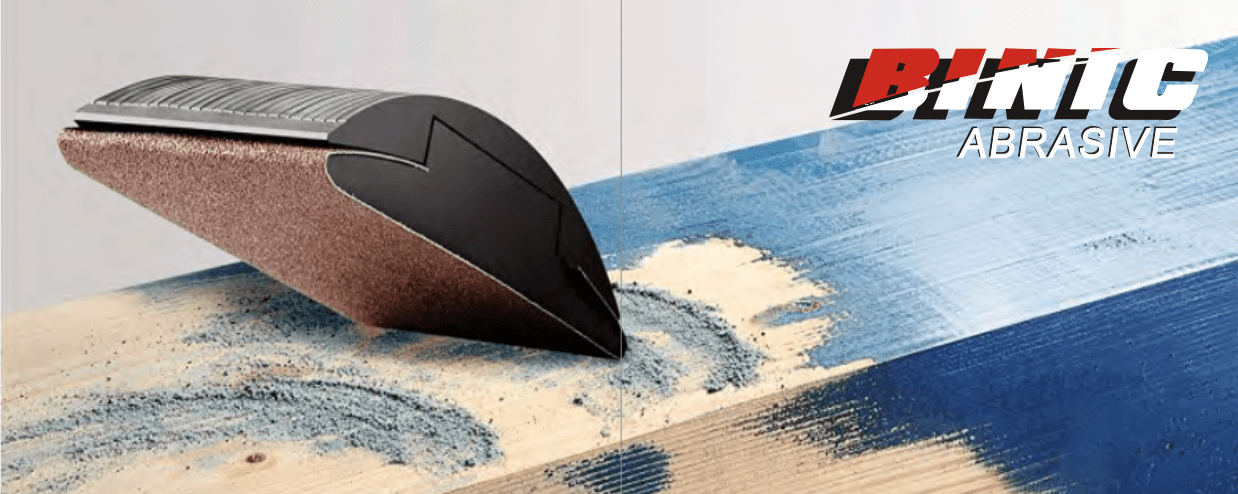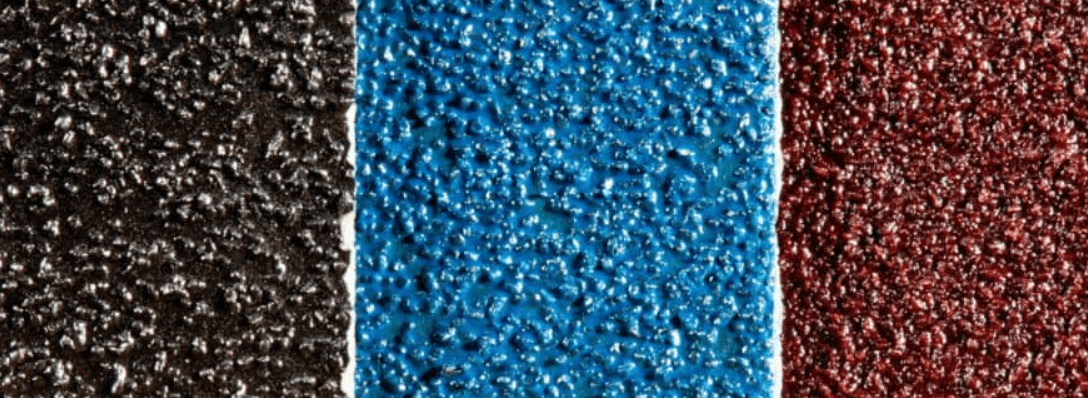Selecting the Right Sandpaper Grit and Type for Your DIY Job
Posted By BINIC ABRASIVE BINIC ABRASIVE on 2022-12-29 5:28 AM
Description

Different sandpaper grits perform different jobs, and selecting the right grit can be confusing when you’re starting out. Warm up with these basic recommendations and rules of thumb. This guide will run you through:
- Selecting the right size of sandpaper grit
- Choosing the appropriate coarseness for the project
- Considering the best type of grit to choose
Sizing Sandpaper Grits
Sandpaper isn’t made of sand, but rather it consists of fine particles from either natural or synthetic sources. The grits are sifted through screens and sorted by size before being bonded with adhesive to a paper, sponge, or cloth-type backing to create an abrasive material.
Distinguishing different grits of sandpaper is important because not every project requires the same. When shopping for sandpaper, you’ll see numbers such as 80 grit, 100 grit, or 200 grit. Keep in mind: The higher the number, the smaller the grains and the finer the sandpaper grit. Conversely, lower numbers indicate larger grains and overall coarser sandpaper.
Selecting the Correct Coarseness.
To make choosing sandpaper easier, manufacturers identify a coarseness level in words on the package in addition to the specific grade. This is essentially a range of grit sizes that are similarly effective for the same sanding work. In fact, it’s common for projects to call for a certain coarseness level as opposed to a specific grit of sandpaper, so it’s smart to know what each level includes.
- Extra coarse sandpaper
In the 24 to 36 grit range is tough stuff. It’s used for removing paint and varnish that you think might never come off. The sanding of old floors may also require the abrasiveness of extra coarse sandpaper. Don’t even think about using this stuff on any but the toughest jobs. Coarse sandpaper‘s strong suit is the rough shaping of wood and the removal of previous finishes, such as light coats of polyurethane. Coarse grits are typically in the 40 to 50 grit range.
- Medium corsesandpaper
Medium grit sandpaper, ranging from 60 to 100 grit, accommodates some final shaping. Primary sanding of rough wood and the removal of planning marks on wood is often best done with medium grit sandpaper. Fine sandpapers range from 120 to 220 grit. For most home workshops, this sandpaper will suffice for final sanding before the work is finished. Extra fine sandpaper is used between coats of paint or varnish.
- Fine and ultra- fine sandpaper
High grit sandpaper like 240, 320 and 400 are termed very fine, while extra or superfine sheets with grits of over 400 are best suited for polishing jobs, like 1000 grit wet sandpaper and 1200 wet dry sandpaper.
Choosing Abrasive Material

Not only does the density of sandpaper grit make a difference in the success of your sanding project, but the type of abrasive material does. Some types of grit grain are better suited to smooth and sand types of materials (wood versus metal, for example). Most manufacturers list the type of material best suited for sanding on their product labels, but it’s smart to know what type of abrasive to look for before you shop.
Zirconia alumina
A synthetic product, this grit is long-lasting and well-suited for grinding away burrs on metal and for an initial sanding of rough wood. When sanding metal with zirconia alumina, the grit particles can become sharper, so you won’t have to change sandpaper frequently.
Aluminum oxide
Another very durable synthetic grit, aluminum oxide is well suited for sanding and polishing various types of metal, including bronze and alloy steel, in addition to being a good choice for sanding all types of hardwoods.
Ceramic corundum
It is a high performance, man-made abrasive material. It is suitable for big stock removal, best in rough grinding paint off the car body or rough finish on the wood. . The most commonly used specification is 5” cermaic sanding disc and 6” cermaic sanding disc..
Silicon carbide
The most durable of all synthetic abrasives. Silicon carbide is good for sanding a wide range of materials, including plastic, metal, hardwoods, and softwoods.
Final Thoughts
When you choose suitable tools, a variety of works can be found in a very smooth surface is formed in your hands, which eventually “comes back to life”. If you still have question, please contact BINIC – coated abrasives manufacturers, your best choice. For more information, please contact us- BINIC, coated abrasives manufacturer.
Tags: sandpaper
For more information, please Click Here
